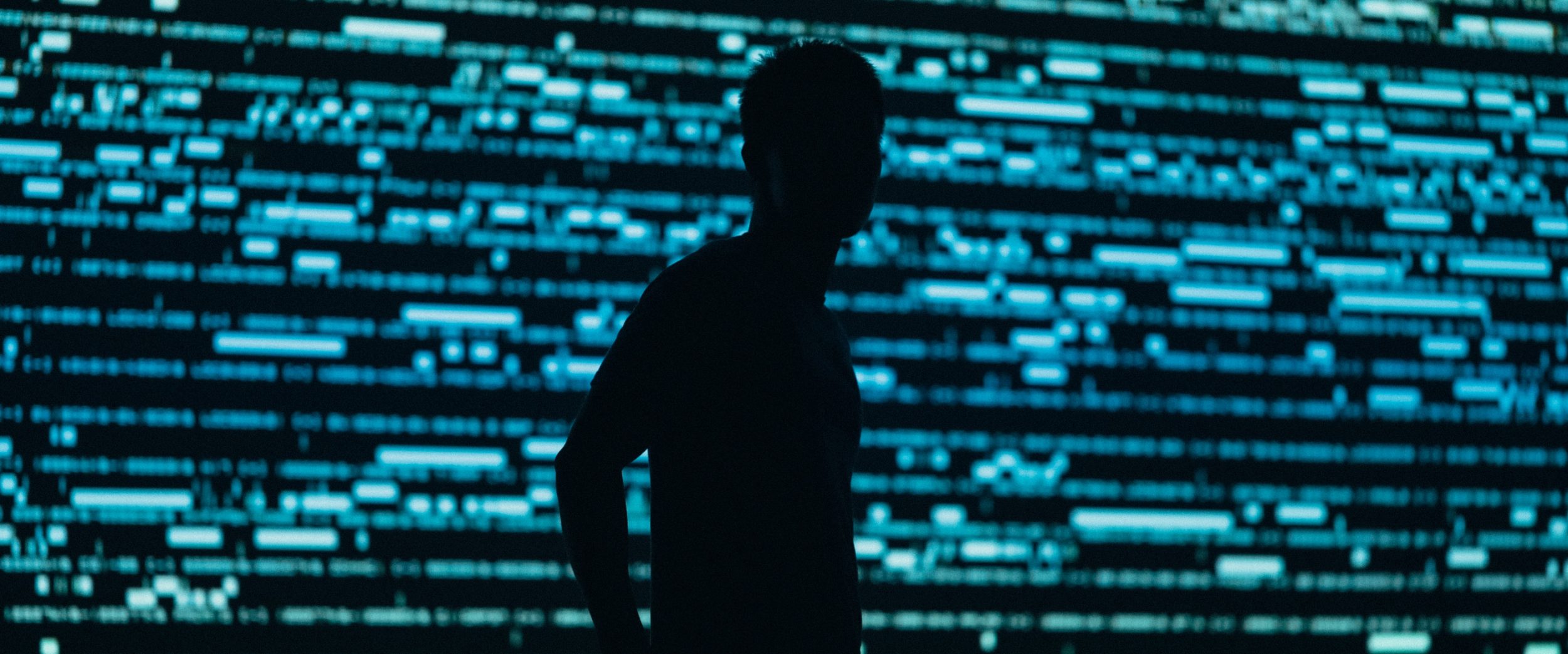As COVID-19 spread through prisons and jails, getting people out of custody became a matter of life or death, heightening the need for eliminating cash bail, granting compassionate release, and embracing clemency nationwide. But in many places, decarceration does not mean freedom. Instead, people released from prisons and jails are increasingly ordered to wear ankle monitors and other surveillance devices that track, record, restrict, and control them. In San Francisco, a city that recently did away with bail altogether, the use of electronic monitoring went up 300 percent and New York is seeing a similar trend. The COVID-19 crisis in jails also triggered exponential expansion of monitoring.
While intuitively appealing, “e-jail” is not an alternative to incarceration; it is an alternative form of incarceration. Although not confined to a physical prison cell, electronic monitoring, like prison, restricts liberty, limits privacy, disrupts family relationships, and jeopardizes financial security. The true alternative to incarceration is freedom — not surveillance.
Consider a woman we know who goes by Ms. Jones, a Black mother of two who has spent almost a year and a half on a monitor awaiting trial in Chicago. As a condition of being on a monitor, Ms. Jones is required to always remain in her home unless the sheriff’s office grants her “movement permission.” Denied permission to visit her building’s leasing office to address a minor complication, Ms. Jones lost her subsidized housing. Denied permission to change her work schedule, she also lost her job. When she asked for permission to go to the pharmacy for her anti-seizure medication, she was told to call 911. And when she requested permission for doctor visits for herself and her children, she often never heard back or was denied.
To make matters worse, her monitor falsely reported that she left her house. As a result, Ms. Jones, who is in remission from cancer, spent three nights in the Cook County jail — a jail that experienced some of the worst COVID outbreaks in the nation.
The restrictions placed on Ms. Jones are not unusual. Thousands of people on pretrial release, probation, parole, and other forms of court supervision are routinely surveilled through GPS-equipped ankle monitors and cell phone applications. Their location data is tracked, stored, and regularly shared with courts, prosecutors, and law enforcement. Like Ms. Jones, most people on ankle monitors are confined to their home — unable to take their child to school, attend church, run to the grocery store, or go to the laundromat unless they get prior permission. In most places, people on monitors must charge the ankle monitors for several hours a day and are subject to dozens of rules governing where, and with whom, they can live; the types of jobs they can have; how and when they can seek medical care; and with whom they can socialize. Like prison, the operation of electronic surveillance entails the diminishment — and sometimes outright elimination — of basic and fundamental rights and liberties. But for being involved in the criminal legal system, this level of invasive surveillance of people would likely be unconstitutional.
Like prison, the operation of electronic surveillance entails the diminishment — and sometimes outright elimination — of basic and fundamental rights and liberties.
These requirements, and experiences like those of Ms. Jones, illustrate why electronic monitoring is often referred to as “e-carceration.” As Ms. Jones put it to one of us, “Any predicament you are in, monitoring makes it worse. They don’t care about you in jail, they don’t care about you out of jail, and they damn sure don’t care about you on a monitor.”
And yet, in many places, electronic monitoring is heralded as progressive reform. For example, a recent decision related to bail reform from the California Supreme Court specifically highlighted monitoring as a preferable alternative to pretrial detention. But the assumption that monitoring is an effective alternative to incarceration rests on problematic myths about criminality and control.
The first myth is that electronic surveillance operates as a true alternative to incarceration. But there is no clear evidence that most people currently on ankle monitors would — or should — otherwise be in custody. There is also no evidence that increasing the use of monitoring correlates with lower rates of incarceration. In Chicago, for example, the use of electronic monitoring has increased roughly 48 percent since the pandemic began and the jail population ticked upwards, suggesting that monitoring simply traps more people within the criminal legal system.
A different contagion
48 percent
How much electronic monitoring has grown in Cook County, Illinois, since coronavirus-related measures were imposed in March 2020, according to data by the Cook County Sheriffs Office.
Perhaps most significantly, viewing electronic surveillance as an alternative to incarceration presumes a dangerous false binary between incarceration or surveillance and ignores a third option: unconditional freedom.
The second myth is that electronic surveillance is an effective, evidence-based alternative. Here, too, no convincing evidence shows that ankle monitors lead to fewer arrests or missed court dates as compared to people released without monitors. In fact, the opposite may be true: monitoring is another form of carceral control that often does more harm than good. As Ms. Jones’s story reveals, intensive surveillance allows for near-perfect detection of inevitable imperfections with the myriad of rules governing people on court supervision. A lost GPS signal, an uncharged monitor, a missed curfew, an unauthorized trip to the doctor, or a faulty alert are all potentially technical violations, which in turn drive reincarceration. In Washington D.C., failing to re-charge the monitoring device is its own crime. In Baltimore, a 76-year old grandmother was reincarcerated for “escape” when her GPS ankle monitor detected her away from her home for a few hours, while she was at a computer class. And in California, a teenager violated the monitoring rule when she charged her monitor one minute late. In our experience, people on ankle monitors often spend months cycling in and out of custody for technical violations.
Like mass incarceration, surveillance entrenches race and class-based subordination and social marginalization. As Professor Michelle Alexander has observed, these “digital prisons are to mass incarceration what Jim Crow was to slavery.” In San Francisco, Black people make up around 3 percent of the general population but almost 50 percent of the people on electronic monitors. In Chicago, Black people comprise 25 percent of the general population, but up to 75 percent of people subjected to monitors.
Being watched, and increasingly listened to, by law enforcement 24/7 undermines privacy, autonomy, and dignity. Ms. Jones explained that she couldn’t be herself: “I felt judged. I felt like a slave.” Other first-person accounts from across the country echo her experience. Although most courts do not recognize this harm, the late U.S. District Court Judge Jack B. Weinstein did, observing in one case that “wearing of an electronic bracelet, every minute of every day, with the government capable of tracking a person not yet convicted as if he were a feral animal would be considered a serious limitation on freedom by most liberty-loving Americans.”
The third myth is that e-carceration is economical. Although President Biden recently cut ties with private prisons, the same corporations also market “community corrections,” entering into multi-million-dollar contracts with local governments to supervise and surveil those in the criminal legal system. Monitoring is often cheaper than incarceration for local governments, but monitoring is frequently user-funded. Monitoring fees, which are on top of other court costs, typically run $300 a month, and failure to pay may result in reincarceration. The costs add up: These fees are on top of electric bills (so the ankle monitors remain charged), phone bills (to communicate with the monitoring agency), and the cost of care and transportation for dependent family members since people on monitors are most often confined to their homes.
Electronic monitoring does not erase the cost of incarceration, but rather redistributes it, placing the burden squarely upon those historically least positioned to carry it.
The financial cost of monitoring and supervision undermines financial security when it is needed most. Electronic monitoring does not erase the cost of incarceration, but rather redistributes it, placing the burden squarely upon those historically least positioned to carry it. Covering these costs is especially hard given the challenge of obtaining a job with a criminal record, a visible ankle monitor, and — in many places — a requirement that employers agree to certain rules when they hire a person on a monitor.
As cities and states seek alternatives to incarceration, e-carceration is a textbook example of what abolitionists refer to as “reformist-reform”: progressive reform that reinforces racialized carceral control. But decarceration need not, and should not, depend on e-carceration or other forms of intensive supervision or surveillance. Illinois’ recently passed bail reform legislation explicitly limits the use of electronic monitoring. The National Academies of Sciences, Engineering and Medicine’s recent report on COVID-19 in jails proposes several recommendations to reduce incarceration rates, none of which involve surveillance. And the BREATHE Act, federal legislation drafted by the Movement4BlackLives, calls for bans on the use of surveillance technology. The millions of dollars flowing to private companies that market monitors should be redirected to solutions that are decoupled from the criminal legal system. And here the evidence is clear: Access to stable jobs, housing, education, healthcare, and childcare work best at creating secure communities that reflect what Zach Norris, the Director of the Ella Baker Center for Human Rights in Oakland, California, calls the “culture of care.” It is care and support — not punishment and surveillance — that ensure that people not just survive but thrive.
Image: Unsplash


